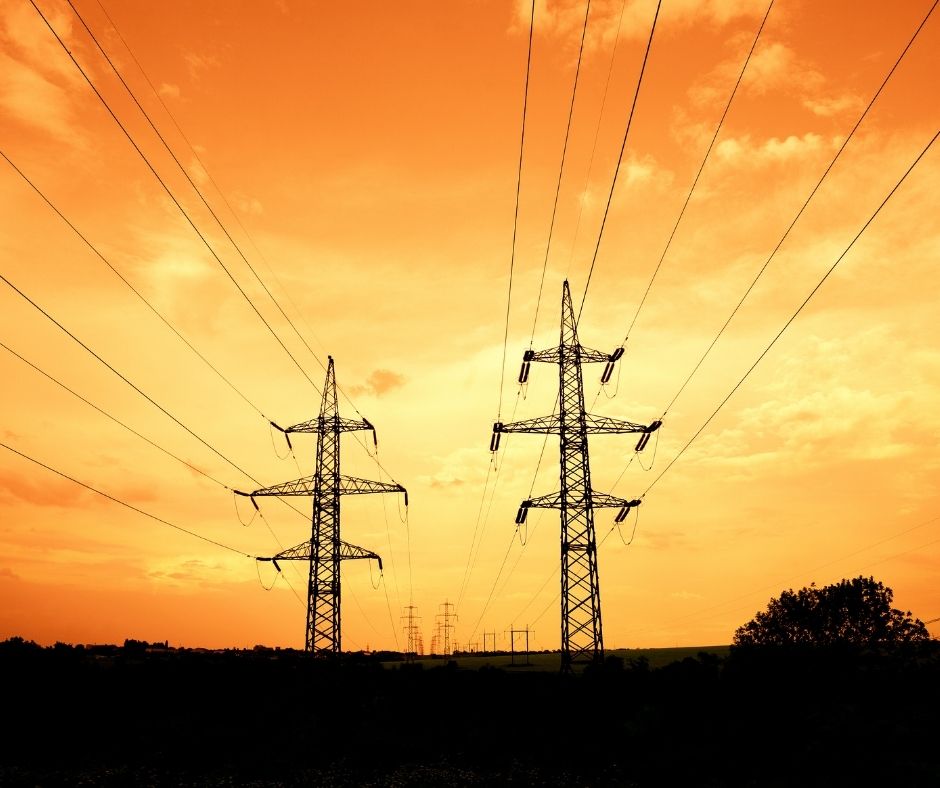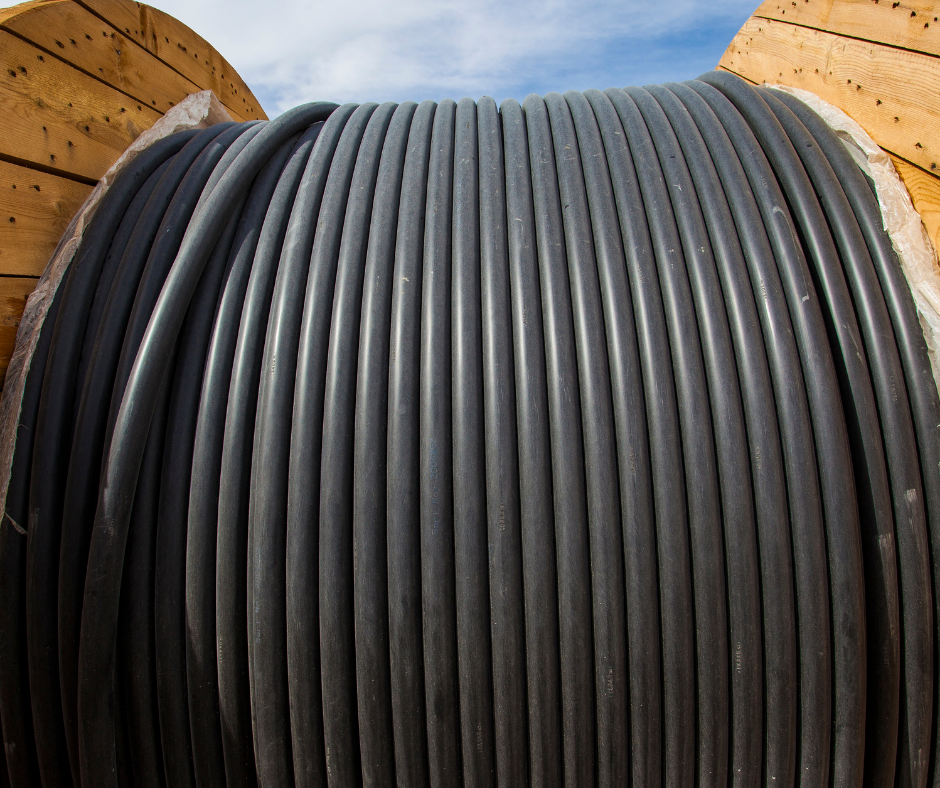Are you building a new development or upgrading an existing one? Do you need an installation that provides you with reliable access to electricity? The construction of a power connection is a necessary step in any construction project. Newer connections are also chosen by builders wishing to modernise their investments and improve the safety of their installations.
Why carry out a power connection with PowerOn?
PowerOn offers a comprehensive range of services in the design and construction of electricity connections. We guarantee:
- design of LV/SN cable and overhead electricity networks,
- upgrades of LV/SN overhead lines,
- removal of electrical interference,
- project execution – execution of installation works,
- upgrades of pole, container and indoor transformer stations,
- upgrades of metering and settlement systems,
- upgrades of power supply to photovoltaic and wind farms,
- upgrades of street, office and industrial lighting,
- removal of electrical interference with the planned land development,
- connection to the power grid,
- support in the completion and preparation of the application and documentation,
- comprehensive advice on the installation procedure, selection of equipment and provider,
- service of the equipment we install.
Ask for the connection you are interested in
Used when an overhead power line is available in close proximity to the building. Such a connection is most often used for low voltage or medium voltage (in which case an overhead transformer station is mounted on a pole, from which the customer is supplied).

This consists of connecting the customer’s premises to the power distribution network by means of a cable laid in the ground which feeds the switching station on the customer’s premises. The installation of this type of connection requires its route to be marked on a geodetic plan of the property. Cable connections do not detract from the aesthetics of the property and provide greater security of supply. Insulated cables are used to protect the cable from environmental factors in acidic soil. This type of connection is slightly more expensive.

Main advantages of building/upgrading power connections:
- Reducing the risk of power failures,
- Increased security of electricity supply,
- Safe and uninterrupted production.
FREQUENTLY ASKED QUESTIONS:
What is a power connection?
An electricity connection is an installation that allows electricity to be brought from a power line to a customer’s premises. Electricity connections are used to connect a facility to the distribution network, or, colloquially speaking, to bring electricity to a building. Connections can be used for low- and medium-voltage networks that provide electricity to residential and industrial buildings.
What types of power connections are there?
There are several types of power connections. A distinction is made between low-voltage (230–400V), medium-voltage (15kV) and high-voltage (110kV) installations.
The most common division, however, takes into account the different method of connection. In this respect, cable and overhead connections should be mentioned.
Overhead connections are used when an overhead power line is available in close proximity to the building. Such a connection is most often used for low voltage or medium voltage (in which case an overhead transformer station is mounted on a pole, from which the customer is supplied).
- lower cost,
- shorter project implementation time,
- ideal as a temporary connection to supply the construction site.
Air system defects:
- low aesthetics,
- exposure to atmospheric agents,
- difficulties in the development of the grid,
- higher shock hazard.
A cable connection connects the customer’s premises to the power distribution network by means of a cable laid in the ground which feeds the switching station on the customer’s premises. The installation of this type of connection requires its route to be marked on a geodetic plan of the property. This is because it must be aligned with the other installations in a given area. Cable connections do not detract from the aesthetics of the property and provide greater security of supply. Insulated cables are used to protect the cable from environmental factors in acidic soil. This type of connection is slightly more expensive.
Advantages:
- does not disturb the aesthetics of the property,
- used for larger capacities,
- ideal as a final connection,
- suitable for densely built-up areas,
- easy to extend and upgrade,
- greater reliability.
Disadvantages:
- slightly higher price,
- longer execution time,
- need for additional documentation (site sketch),
- need for earthworks during installation and upgrades.
Some installations combine both types – overhead and cable. Depending on needs and possibilities, they use both earth and overhead sections.
It is also worth mentioning temporary connections – the so-called building connection (building current). These are temporary overhead or ground installations that are only established for the duration of construction. To install them, it is sufficient to obtain the connection conditions from the utility company. Once the construction work is complete, they are replaced by the actual wiring, known as the target connection.
Building a power connection – step by step
1) Analysis of construction possibilities:
– analysis of own power requirements
– analysis of connection conditions from the DSO
– choice of solution (type of connection, route)
– valuation of the solution
2) Agreements, technical documentation, proposals, designs:
– connection design / construction design
– traffic organisation
– obtaining the necessary approvals and decisions
3) Construction of the connection:
– site preparation
– delivery of materials
– laying and connection of cables
– removal of interference
– installation of a transformer and a switching station
4) Commissioning the connection:
– tests and trials
– switching on voltage in agreement with the DSO
– monitoring of operating parameters
